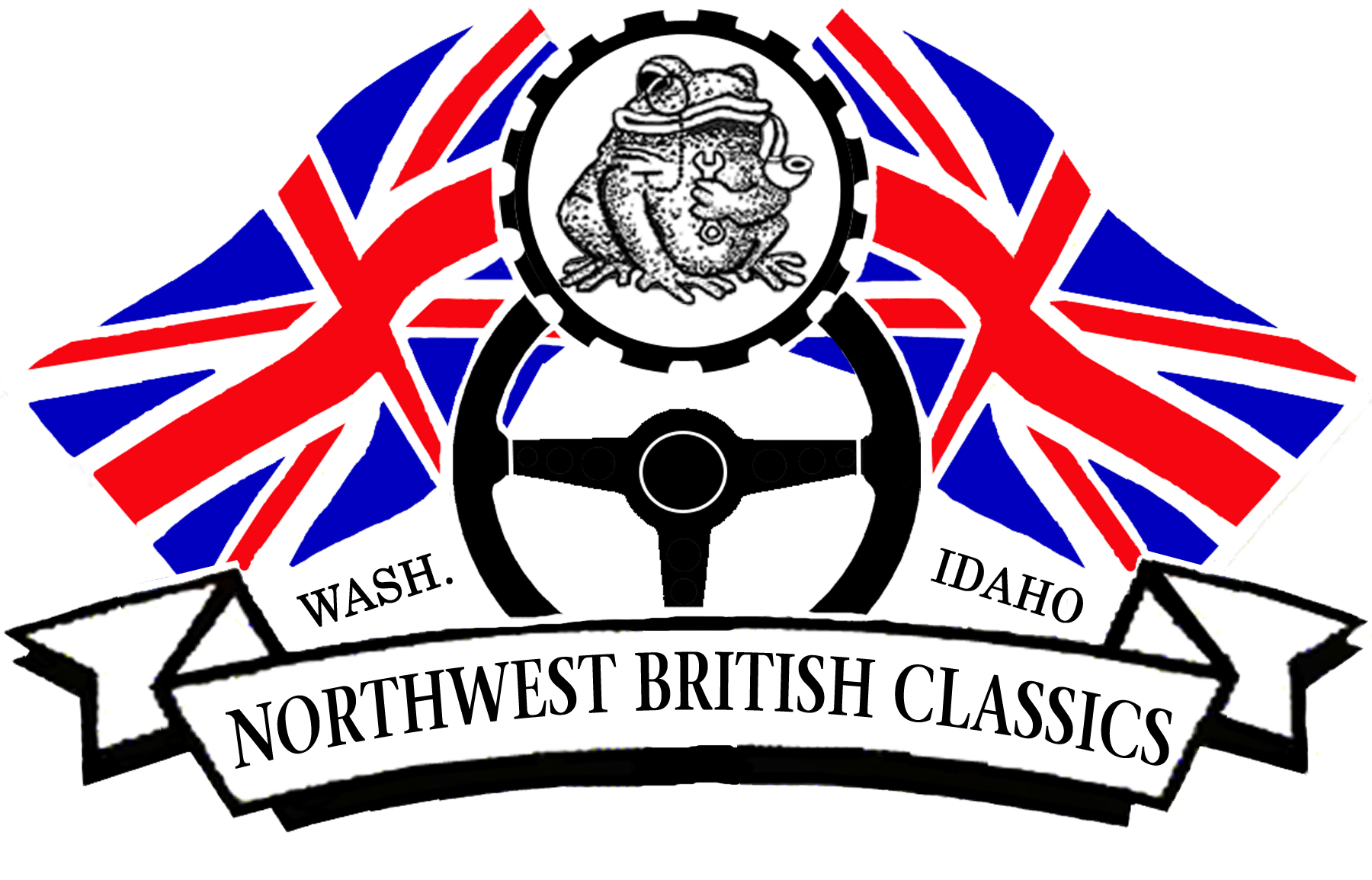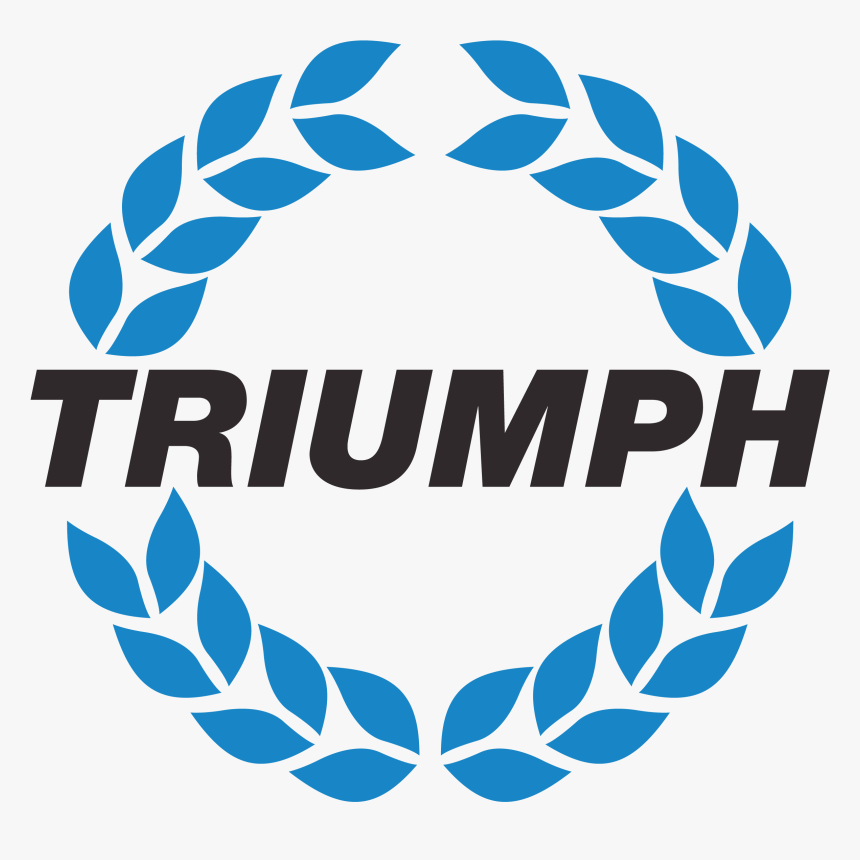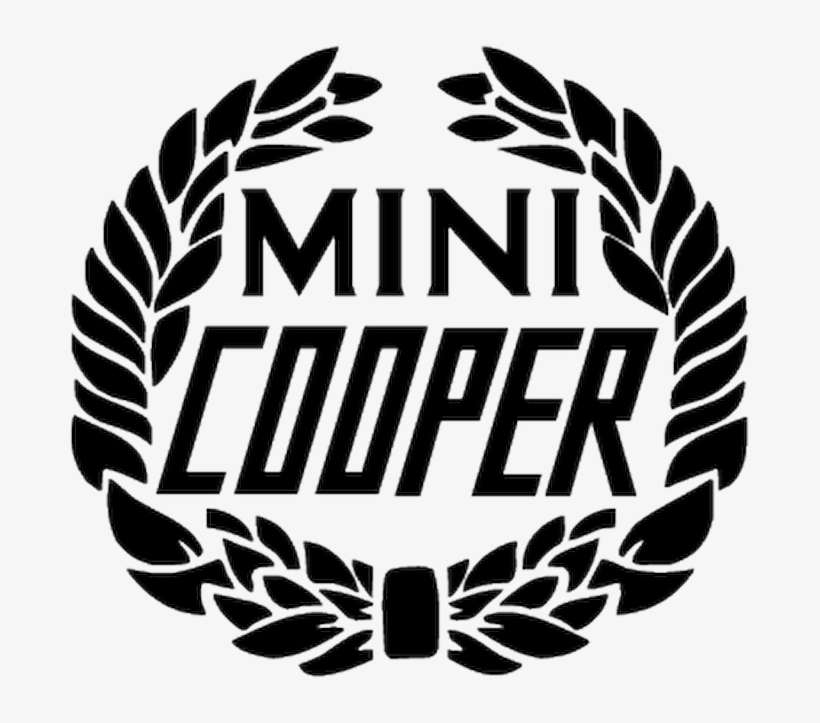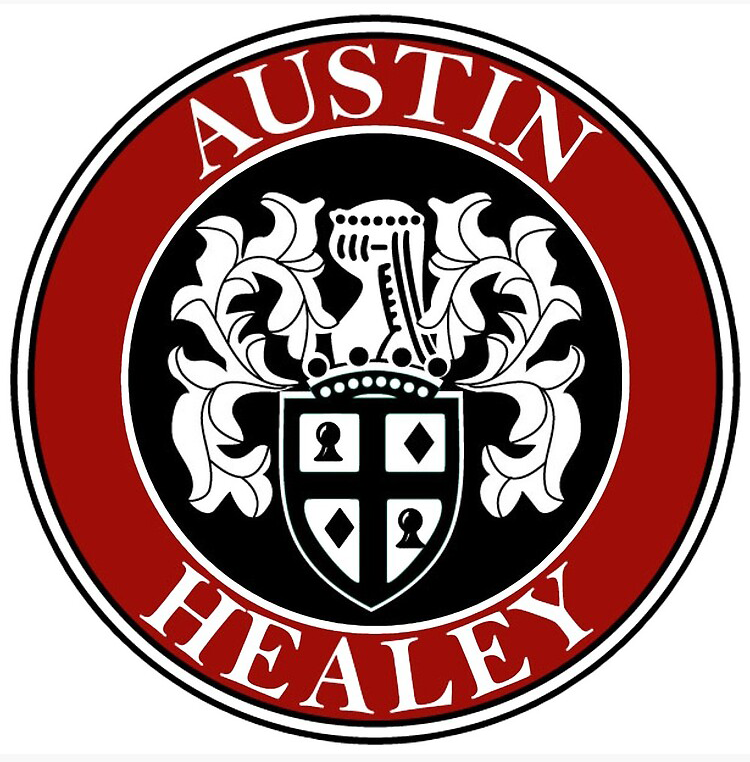





     
|
|
Our club does not have an activity chairman or a planning committee. We rely on our members who have an idea for a drive or other activity to put it together and see that it happens. Most of the time it's not difficult to put something together yourself and if you need help we have a lot of talented member who are willing to volunteer. It's a simple system that seems to work well. Here are some tips to keep in mind as you put together a drive. Destination: For some of us it's the drive more than the destination, but if you can find a fun scenic way to get to an interesting place you will have a winner. For a day trip, think in terms of a one-gas-tank round trip, maybe two hundred miles or so. Our cars get good mileage but our tanks are small. Plan for stops along the way. Remember, our bladders are smaller than our gas tanks. Paved roads are a must but back roads are a plus. Most of us like speeds below sixty for a comfortable top-down drive and the twistier the better. Usually the guided part of the drive ends at the destination and everyone is on their own for the return trip. Most will take the shortest way back on the main highways, that will quench their need for speed. Starting location: Locate the meeting place near the edge of town so that there are fewer stop lights and less traffic that can split up the group. A public restroom near by is a must, that bladder thing again. Choose a parking lot large enough to accommodate the group without disrupting local businesses. Supermarkets are always good. Ask permission if you are not sure if there would be a problem. Most businesses look forward to having our cars displayed near their stores. Plan the easiest way for the group to leave the lot. Remember some of our cars can drag their bottoms on a steep ramp. Avoid left turns into traffic if you can. Some times a leader will plan a stop on the side of the road shortly after the start to give the group a chance to join together. Ask some of the older members for advice. Some places have become traditional for leaving town in different directions. Lunch: Lunch can be bringing your own picnic, stopping at a diner along the way or the destination itself. It's always fun to drive to a small town restaurant somewhere, just be sure they know we are coming. You could plan a drive ending at your house, where you could host a potluck lunch and impress your neighbors with a bunch of British sports cars in your driveway. Promotion: Get your event on the calendar as soon
as possible, but don't stop there. Put together all the particulars, what-where-when,
and get it to the newsletter editor. Use a lot of adjectives to describe
all the fun that is in store for those who can make it. Talk it up at
the monthly meeting and keep the members informed of your progress as
you put it together. The more discussion the better. Have someone take
pictures at the event and write a report for the newsletter, so those
who didn't make it will know of all the fun they missed. The Drive: The host is usually expected to lead the caravan. You know the way and have done the planning including a test drive before the day and you know how long it will take to get there and where the stops will be and all that kind of stuff. If you expect a large group or have a complicated route it would be good to have a co-leader who you have gone over the route with and can lead part of the group if they get separated. It is also good to find someone willing to bring up the rear to help any stragglers and it's always easier when you know who the last car is. Exchange cell phone numbers with those who you feel you may need to communicate with. Maps are good but not necessary. Maybe a written set of directions to each driver is all you may need. For a small group it's as simple as follow the leader. Leading is not really hard; if you can lead one car you can lead a bunch of them. Last but not least, remember we are all just out to have some fun so a little confusion is no big deal and may even add to the adventure.
|
|
HOME HISTORY NEWSLETTERS PICTURES CALENDAR CONTACT
Copyright 2024 Northwest British Classics |